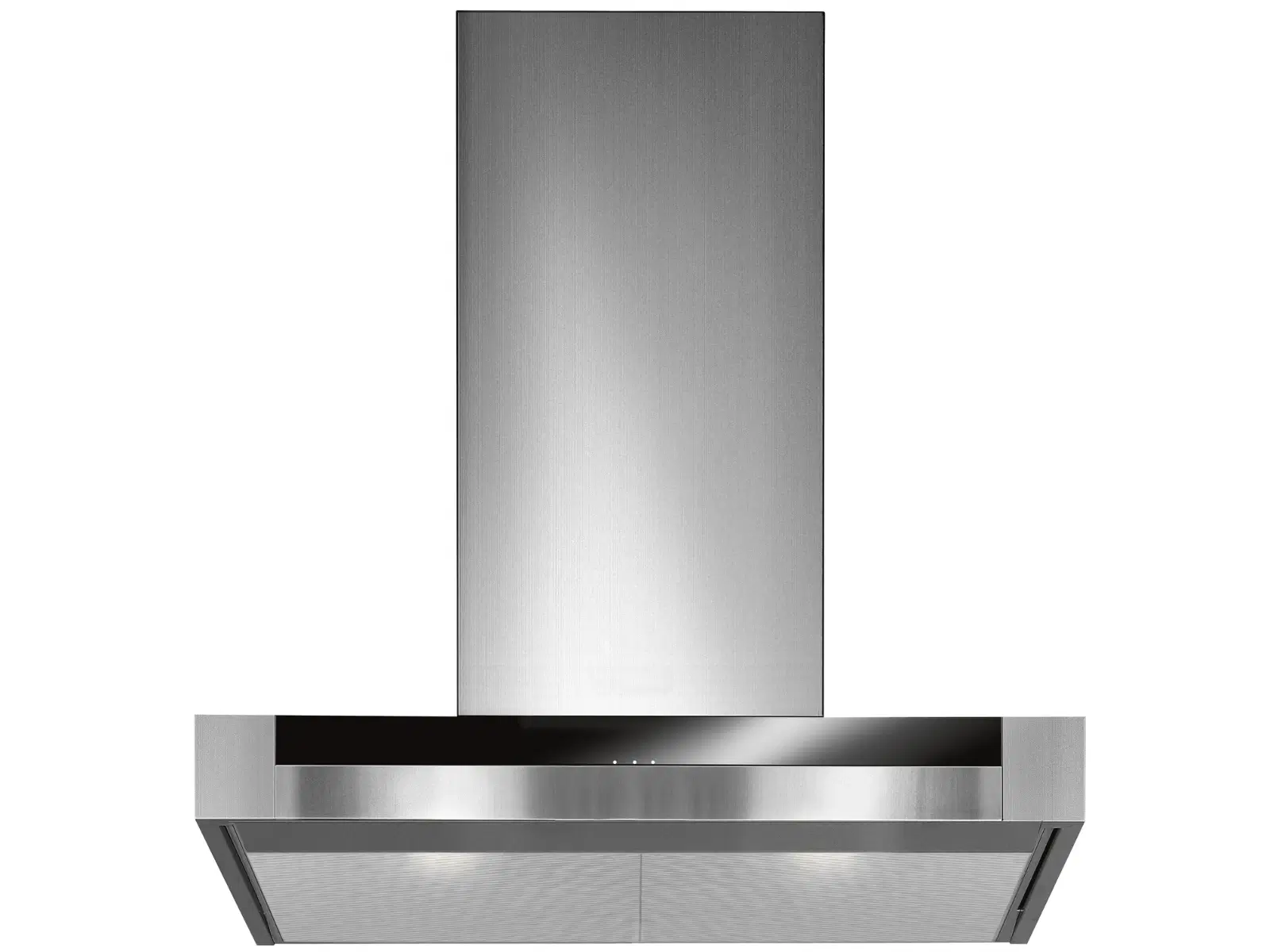
Home Appliances
•04 min read
Did you know that the size of your chimney hole can significantly impact its performance and safety? Whether you're installing a new chimney or upgrading an existing one, understanding the key differences between chimney hole sizes and standard dimensions is vital. In this article, you will learn about the role of chimney hole sizes, how standard chimney sizes are determined, and what factors influence the selection process for an optimal chimney opening size.
The term chimney hole size refers to the dimensions of the opening where the chimney pipe is fitted. This measurement is crucial not only for the proper ventilation of smoke and other byproducts but also for maintaining the safety of your home. The right size ensures efficient smoke exhaust and supports optimal airflow, which reduces the risks of fire hazards while enhancing performance.
The most frequently seen chimney hole sizes include 4 inches, 6 inches, and 8 inches. Each size is designed to cater to different applications. For instance, a 4-inch vent hole for chimney use might be sufficient for small kitchen exhaust systems, while a 6-inch or 8-inch opening is generally required for larger fireplaces and wood-burning stoves. Importantly, the chimney pipe diameter should correspond with the hole size to ensure a seamless fit and efficient operation.
Standard chimney dimensions refer to the typical measurements for the height, width, and flue of a chimney. These measurements vary based on the chimney's application; a kitchen exhaust system may have different dimensions compared to a fireplace chimney. Maintaining these standard sizes is crucial for achieving the necessary airflow and meeting building safety codes.
While chimney hole size primarily determines the inlet for the chimney pipe, standard chimney sizes cover a broader range of dimensions, including the required flue measurements and overall structure. Deviations from standard dimensions might be necessary in certain scenarios, such as when retrofitting an older home or creating a custom installation that uniquely fits your architectural style and needs. These choices must always comply with chimney clearance requirements and building codes.
An optimally sized chimney hole is essential for maintaining proper airflow. A hole that is too small can hinder the rate of smoke clearance, reducing the overall efficiency of your chimney system. Conversely, an oversized opening can affect the stability of the draft, leading to poor ventilation. For both fireplace chimney dimensions and Kitchen Chimney installations, the balance between size and functionality is crucial for efficient smoke clearance and effective combustion.
Regulatory guidelines clearly define the clearance requirements and dimensions needed for safe chimney operation. Non-compliance with these regulations can result in performance issues and safety hazards. Homeowners often face challenges when their chimney hole size does not align with the prescribed chimney installation dimensions. It is imperative to carefully adhere to these standards to ensure long-term safety and efficiency.
Pro Tip from Tata Neu
When selecting a chimney hole size, always consider the type of fuel being used. Gas and wood-burning fireplaces may require different flue measurements to ensure optimal performance and safety.
Measuring your chimney hole size may seem challenging, but with the right tools, it is a straightforward process. Using a tape measure, first determine the diameter of your existing chimney opening. Then, check the corresponding chimney pipe diameter to ensure they match. A calculator can come in handy when comparing areas and ensuring the dimensions are within the ideal range specified by industry standards. The emphasis is always on achieving the optimal chimney opening size for improved ventilation.
Selecting the correct dimensions for your chimney involves more than just matching the numbers. Consider the intended use; for example, a kitchen exhaust system might have a different requirement compared to a fireplace chimney. Features such as chimney outlet specifications and the appropriate chimney pipe diameter must be taken into account. To facilitate this process, many experts offer a comprehensive chimney vent sizing guide, ensuring your chimney meets both functional and regulatory requirements.
One commonly encountered issue is the mismatch between the chimney hole size and the overall chimney dimensions. When this occurs, it can lead to inefficient smoke flow and increased safety risks. Retrofitting or resizing the chimney with specific attention to standard chimney sizes can resolve this issue. Ensuring a proper alignment between these measurements will help maintain a consistent and efficient airflow, thereby improving the performance of your chimney system.
Installation errors often occur when the chimney hole size is incorrectly measured or when the chimney installation dimensions have been overlooked. Such mistakes can compromise the overall structure and safety of your chimney. Homeowners are advised to double-check clearance requirements and ensure every aspect of the installation adheres to building codes. This careful approach minimizes errors and contributes to the longevity of the chimney system.
Typically, chimney pipe hole sizes range from 4 inches to 8 inches, depending on the type of chimney and its intended use.
A 4-inch pipe is suitable for smaller systems such as kitchen exhausts, but it may not be appropriate for larger fireplaces or wood-burning stoves.
Chimney pipe diameters generally vary from 4 inches to 12 inches, based on the specific application and local building regulations.
The most commonly used chimney pipe size is 6 inches, which is widely adopted in residential applications due to its balanced performance for various setups.
Understanding the differences between chimney hole sizes and standard dimensions is essential for ensuring proper installation, optimal performance, and adherence to safety codes. Whether your goal is to install a new chimney or upgrade an existing one, choosing the right specifications significantly impacts both functionality and safety. By following practical guidelines on measurement and specification selection, you ensure a well-functioning chimney system that aligns with regulatory standards and meets your specific needs. Enjoy the benefits of smart shopping with Tata Neu, where every transaction is enhanced with rewards like NeuCoins, expert guidance, and the promise of express delivery for orders placed before 6 PM.